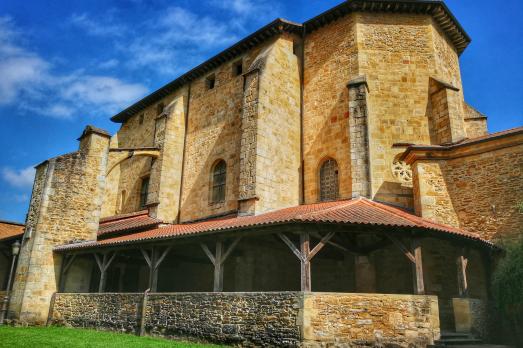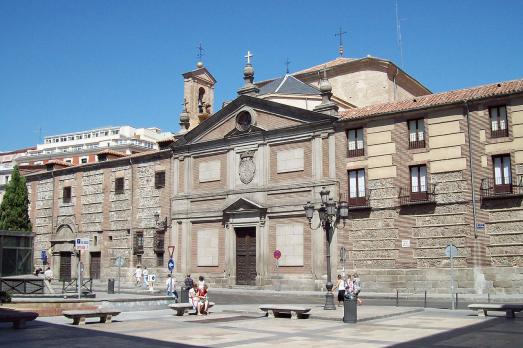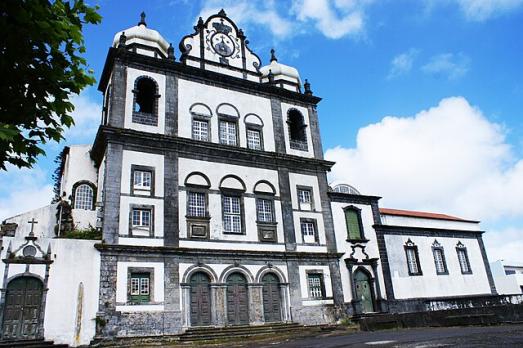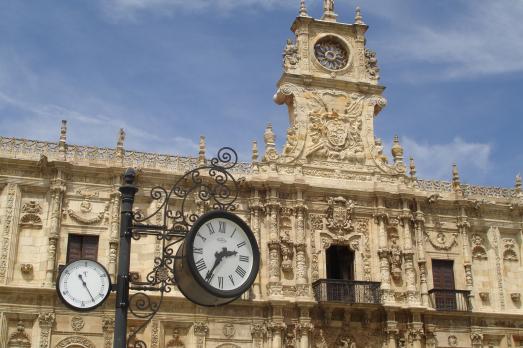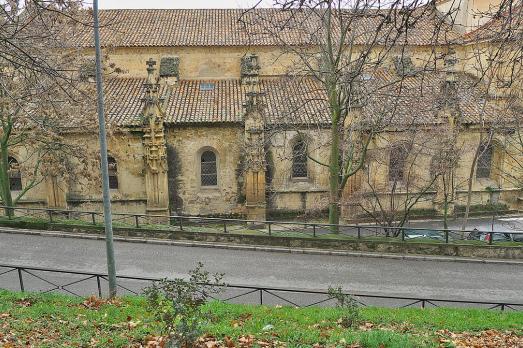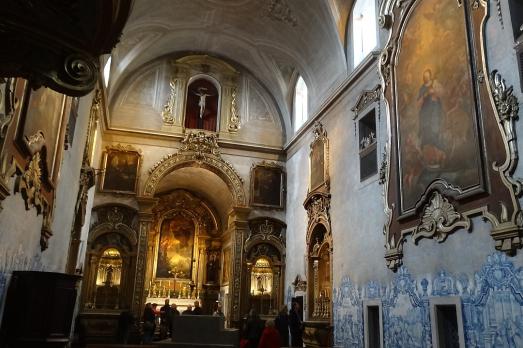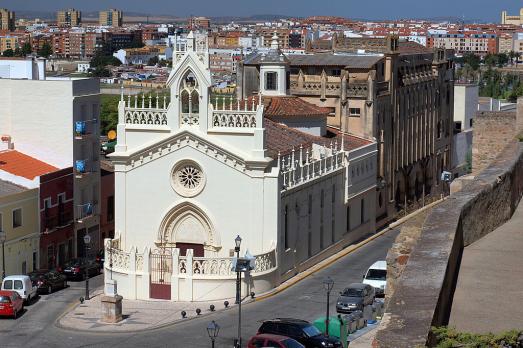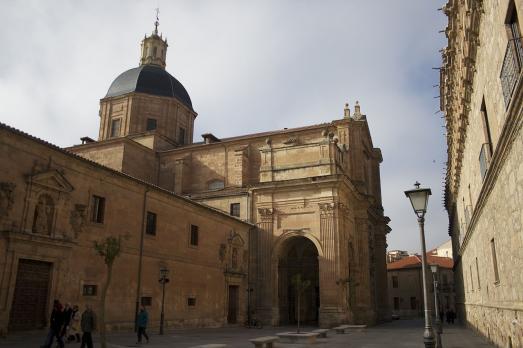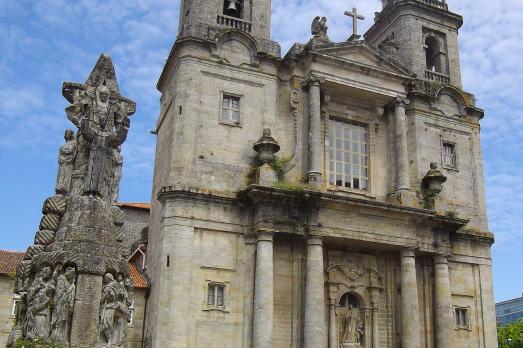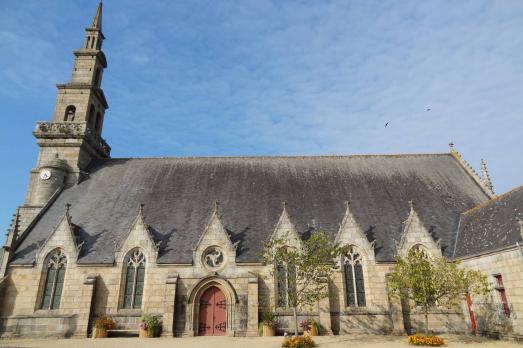
Monastery Saint-Pierre
Tonquédec, FR
Collegiate Saint-Pierre is located in Tonquédec, in Brittany. The oldest parts of the building date back to the fifteenth century, and the bell tower was added in the eighteenth century. The church was erected as a collegiate church in the 15th century by Jean de Ploeuc, bishop of Tréguier. The collegiate church was later restored several times, notably in the 19th century. Inside, there is a remarkable fifteenth century canopy, composed of 16 stained glass windows.
